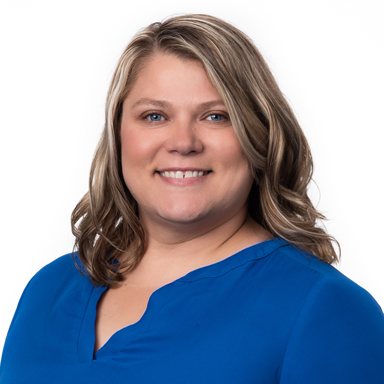Regardless of your organization’s size or industry, if you’re a business owner who has explored different financing options to build your operations, Small Business Administration (SBA) loans are likely familiar. Designed to support the healthy growth of businesses by providing financial resources to cover start-up costs, business acquisitions, partner buyouts, equipment purchases, working capital needs and more, SBA loans are an effective financial option for entrepreneurs looking to build a successful and sustainable small business.
What many don’t know about SBA loans is that they also offer critical disaster assistance for when the unexpected occurs. These low-interest loans serve as a critical rebuilding tool for business of all sizes — as well as homeowners, renters and private nonprofits — to utilize when navigating the aftereffects of a disaster, such as wildfires, severe storms, flooding and droughts. Business owners must be located in a declared disaster area1 to be eligible, with other possible criteria required depending on the type of loan. But once approved, the low-interest aid (with a maximum interest cap of 4%) can be used in a variety of ways2 to meet your business’s immediate needs.
The demand for these types of special disaster recovery loans is high and likely not going down any time soon, as recently seen in Minnesota. Governor Tim Walz announced in early March3 newly unlocked federal funding from the SBA disaster loan program via the Economic Injury Disaster Loan (EIDL). Small businesses in Minnesota are eligible to apply if their economic well-being was impacted by the historic drought conditions this winter.
Similar disaster relief was recently made available for businesses in Wisconsin, where operations negatively impacted by the bone-dry winter are also eligible to borrow up to $2 million in low-interest loans4 to cover their losses. In both states, business owners interested in the relief must first look up1 whether they’re located in a disaster area before submitting a formal application by the designated deadline.
Because SBA disaster recovery loans are organized in different loan programs and distributed through the federal government, eligibility and application deadlines will differ based on an applicant’s county and declaration area. Navigating application and documentation processes can get stressful, particularly if you’re already handling the fallout of a disaster declaration. If you’re interested in this financial resource but are unsure of where to begin, reach out to a trusted SBA Preferred Lender today. SBA Preferred Lenders can help you access this important resource quickly and effectively to get your business through the unknowns, so it is back on track and thriving in no time.

